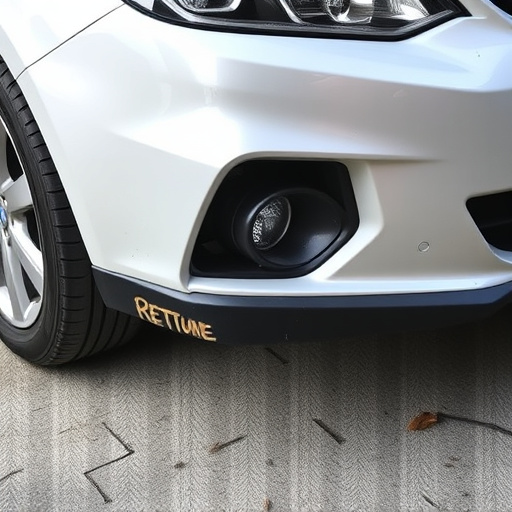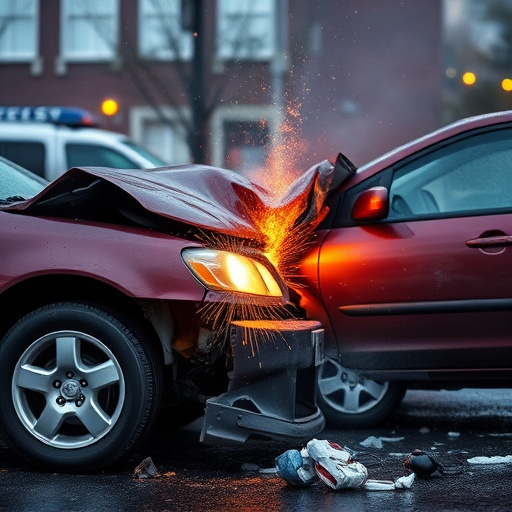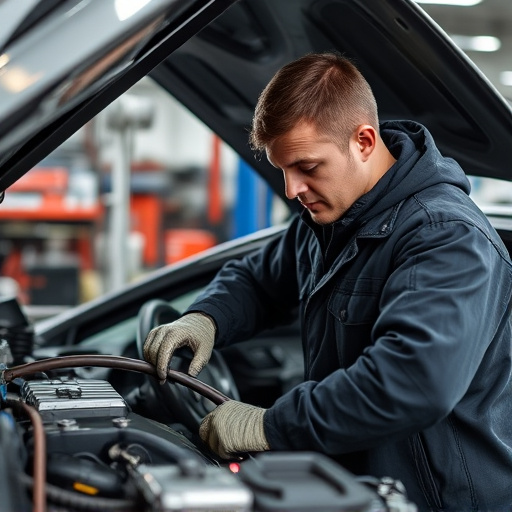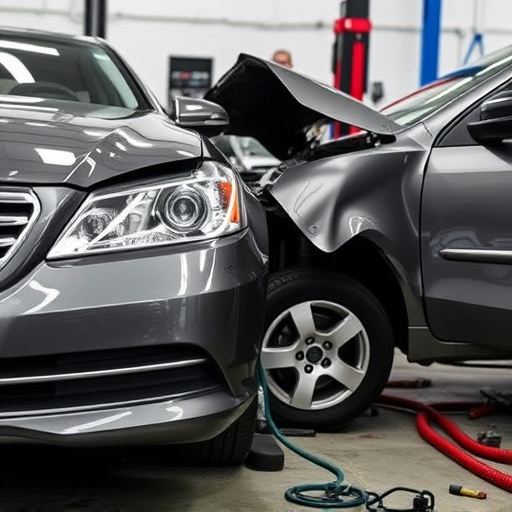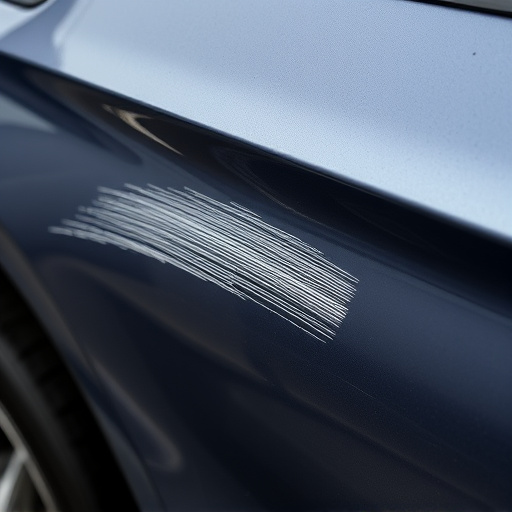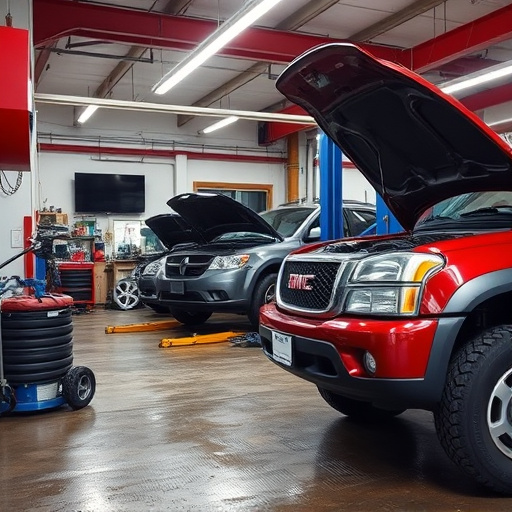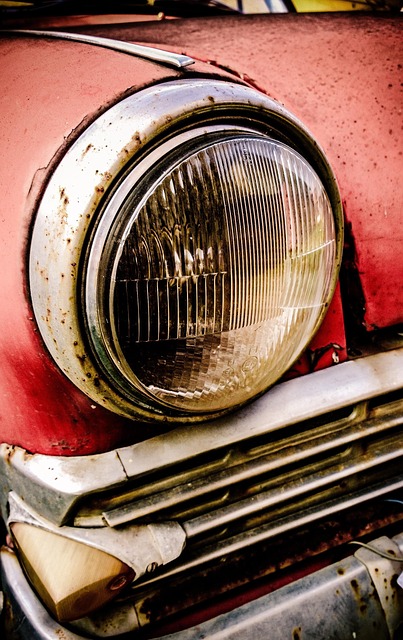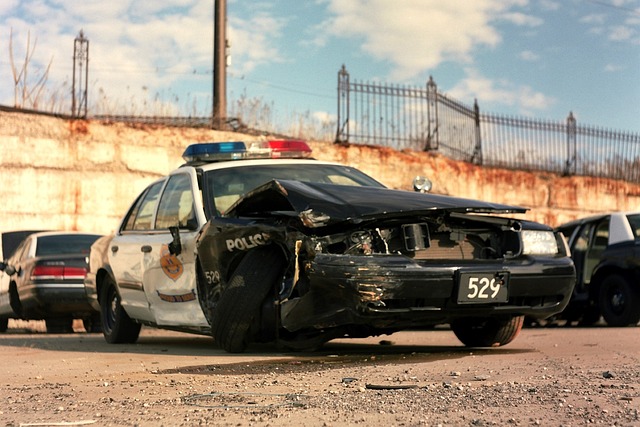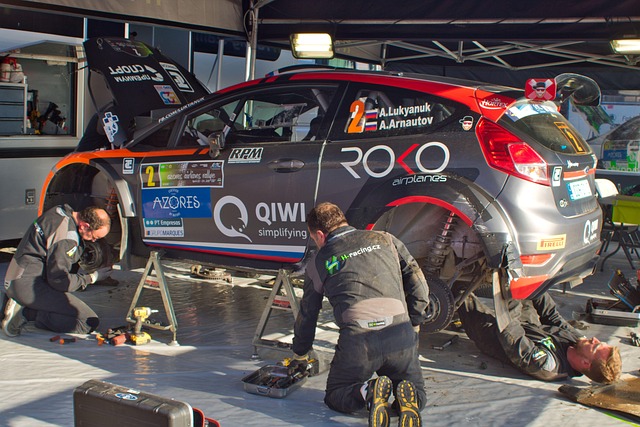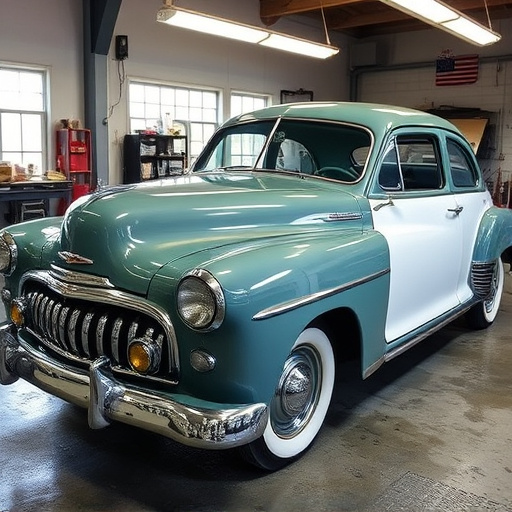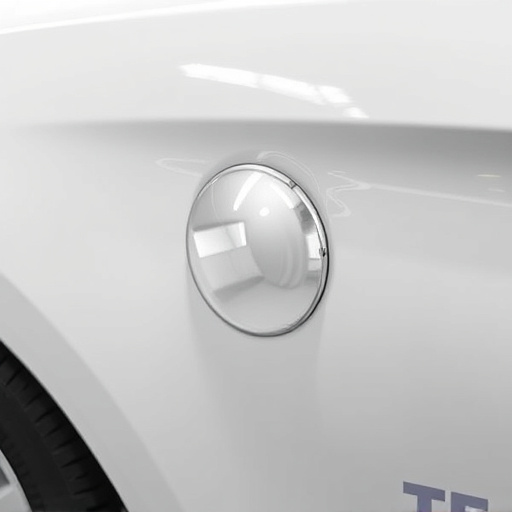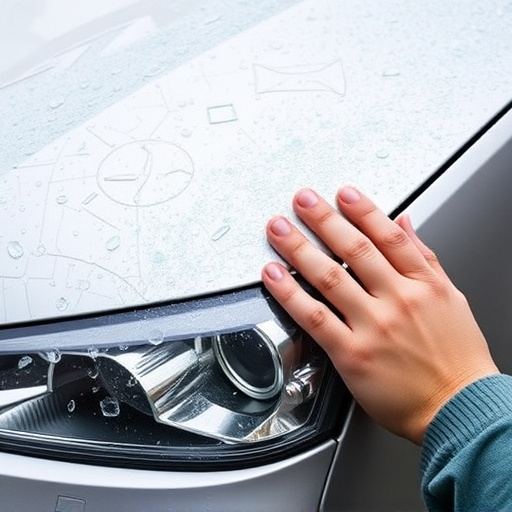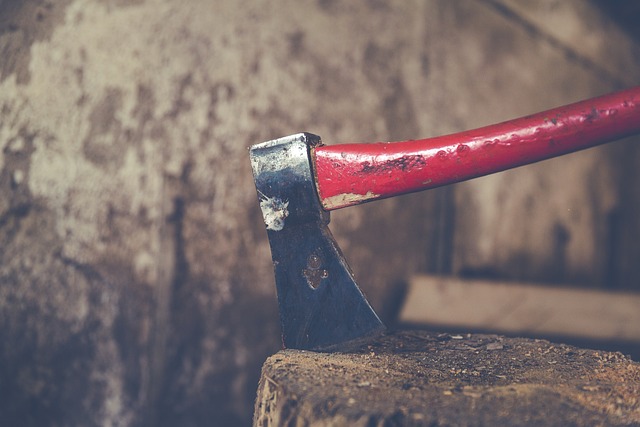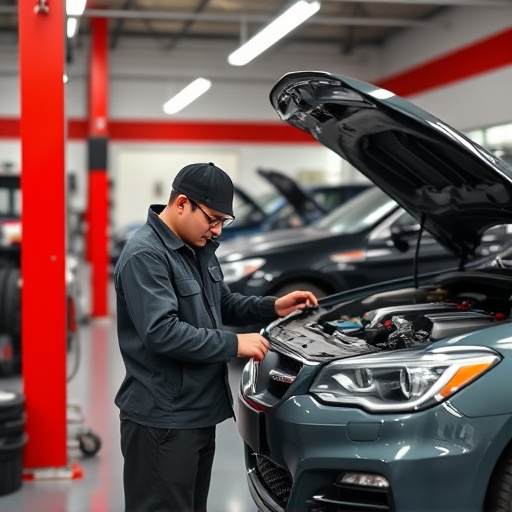Trim restoration collision techniques are specialized auto aesthetics methods for repairing exterior vehicle parts without extensive paintwork, offering a versatile and cost-effective alternative to traditional PDR. Skilled professionals address various damage types, from minor dents to significant impact marks, ensuring meticulous craftsmanship that maintains modern vehicles' aesthetic appeal and value. These techniques save time and materials for shops and car owners while preserving the pride of ownership associated with well-maintained vehicles.
Training staff for effective trim restoration collision techniques is a critical aspect of modern automotive repair. Trim restoration collision, an art and science, involves meticulous techniques to restore vehicle interiors to their original state after damage. This article delves into understanding the basics, exploring common vehicle damage types where these techniques excel. It provides insights on training methods, from hands-on practice to advanced tools, ensuring skill retention. Additionally, it offers a step-by-step guide for implementation and quality control, highlighting continuous improvement strategies to keep up with industry standards and trends in trim restoration collision.
- Understanding Trim Restoration Collision: The Basics
- – Definition and importance of trim restoration collision techniques
- – Common types of vehicle damage where these techniques are applied
Understanding Trim Restoration Collision: The Basics
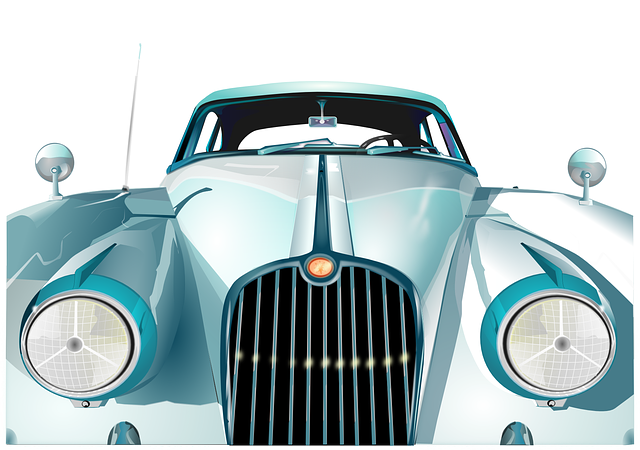
In the realm of automotive aesthetics and precision craftsmanship, trim restoration collision techniques stand as a cornerstone of expert vehicle care. These techniques are designed to address and rectify damage to a car’s exterior trim components—an essential aspect that contributes to its overall appearance and value. Understanding trim restoration collision involves grasping the fundamentals of car damage repair, focusing on both the practical skills required for restoration and the meticulous attention to detail that defines the process.
The primary goal is to return damaged or marred trim pieces to their original state, ensuring seamless integration with the vehicle’s overall design. Auto repair services specializing in trim restoration employ a combination of specialized tools, advanced technologies, and time-honored methods to achieve this. This involves careful assessment of car paint services needed, whether it’s repainting, repairing, or replacing specific trim elements. By mastering these collision techniques, professionals in the industry not only enhance the visual appeal of vehicles but also contribute to the longevity and preservation of automotive beauty.
– Definition and importance of trim restoration collision techniques

In the auto repair industry, trim restoration collision techniques refer to specialized methods used to restore and repair vehicle parts, specifically the exterior trim, without involving extensive paintwork or replacement. This process is a game-changer for both auto repair shops and car owners seeking efficient and cost-effective solutions for dent removal and scratch repairs. The significance of these techniques lies in their ability to rejuvenate the appearance of vehicles, ensuring they return to their pre-collision condition with minimal disruption to the overall aesthetics.
Trim restoration collision methods have gained popularity due to their effectiveness in addressing various types of damage, from minor dings and dents to more significant impact marks. As an alternative to traditional paintless dent repair (PDR) techniques, these skills enable auto body technicians to handle a broader range of issues, including car scratch repairs, without compromising the vehicle’s original finish. This is particularly beneficial for those seeking a seamless restoration experience while also being cost-conscious, as it reduces the time and materials required compared to complete paint jobs.
– Common types of vehicle damage where these techniques are applied
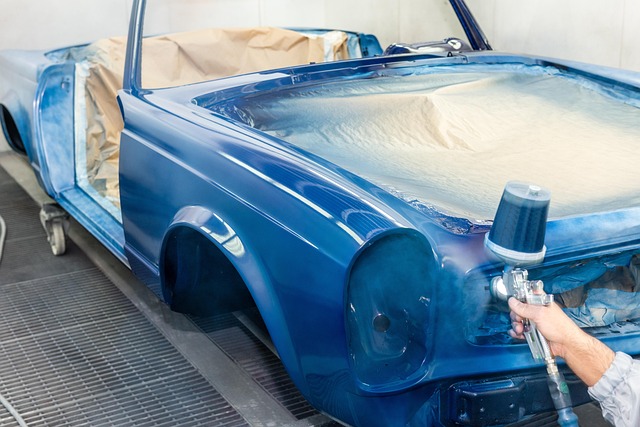
Vehicle collisions can result in a wide range of damage, from minor scratches and dents to significant structural issues. In the realm of trim restoration collision techniques, professionals focus on repairing and restoring the interior and exterior decorative elements of a vehicle. Common types of vehicle damage where these skills are applied include bent or broken panels, cracked or chipped plastic components, damaged door handles, fenders, grilles, and even complex dashboard repairs.
When it comes to modern vehicles like Mercedes-Benz, precise and meticulous restoration is crucial to maintain the car’s aesthetic appeal and value. Collision repair services that specialize in trim restoration employ a combination of hand tools and advanced techniques to ensure that every detail, from intricate moldings to delicate fabric trim, is meticulously repaired or replaced. This level of craftsmanship is essential for restoring not just the physical structure but also the pride of ownership that comes with a well-maintained vehicle.
Effective trim restoration collision techniques are indispensable for automotive professionals aiming to deliver top-notch repair services. By understanding the basics and common applications, such as dent removal and panel repairs, staff can master these skills, ensuring vehicles return to their pre-collision condition. Investing in training ensures a competent workforce capable of handling various damage scenarios, ultimately enhancing customer satisfaction and maintaining vehicle aesthetics.
